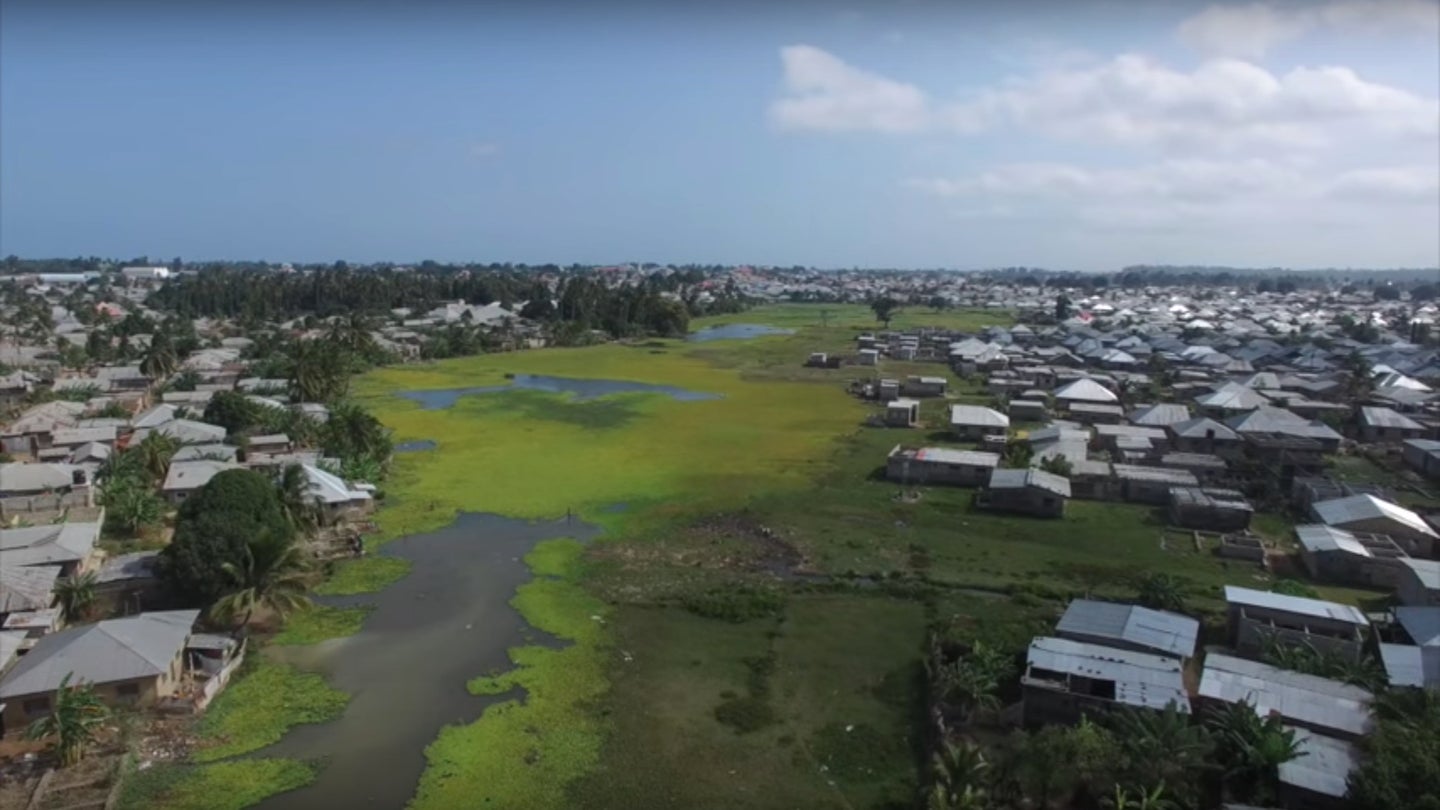Drones Used to Fight Malaria in Zanzibar
Andy Hardy of Aberystwyth University in Wales partnered with Zanzibar Malaria Elimination Programme to combat the lethal disease via drones.

The Zanzibar Malaria Elimination Programme is using drones to survey malaria-infected mosquito habitats on the African archipelago to the east of Tanzania. Unmanned aerial vehicles have become a highly viable tool to combat diseases on continents like Africa and South America, where infrastructure such as roads and disease-prevention isn’t as stable as it is in the U.S. According to Quartz, malaria infects more than 200 million people a year, killing 500,000. Reportedly, one of the most effective ways to stop the cycle of infection is to locate the small bodies of water that mosquitoes use to reproduce, which drones can spot clearly from a bird’s eye view—inexpensively, and most importantly, quickly.
We recently reported on a different approach in regards to malaria and Zika prevention, in which drones were specifically developed to carry and release sterile male mosquitos in areas ripe with infection. This forces the sterile males to breed with the infected females, resulting in guaranteed disease-free offspring. While that may be an effective approach, it’s good to see all sorts of strategies being employed in order to find the strongest method.
According to Quartz, Andy Hardy of Aberystwyth University in Wales has decided to work with ZAMEP to comb the African country’s malaria-infested areas with UAVs, and then deploy boots on the ground to spray larvicide.
Here’s one of the early surveying videos of malaria habitats in Zanzibar, courtesy of Andy Hardy.

Reportedly, one drone can survey 30 hectares in 20 minutes. That’s a lot of ground covered in less time than your morning commute, with high-definition imagery collected and data ready to be analyzed. The drones in question are DJI’s Phantom 3, with plans to allow the drones to send its imagery to smartphones on the ground. That way, teams on the ground wouldn’t have to wait for UAVs to complete their surveying before heading into the field to deploy larvicide, they’d work in tandem, making the process even more efficient.
As with our previous drone-related disease prevention story, a crucial aspect of this approach is to assuage local fears that these flying machines aren’t spraying anything nefarious across their rice paddies or near their homes. Andy Hardy of Aberystwyth University is definitely keen on making it a point to do so. Reportedly, he worked with village elders in Zanzibar to explain in detail what these UAVs are, how they work, and what they’re intended for. Hardy even showed as many locals as he could gather a look at his live-feed, hoping to normalize the UAV and its camera-equipped technology.
Drones are a tool like any other, and this is most certainly not only a logical and effective use of UAVs but an admirably humane one. If we can reduce malaria infestation, and stop even a few thousand of the half million people who die because of the disease, Andy Hardy, and the ZAMEP will be a huge success.
